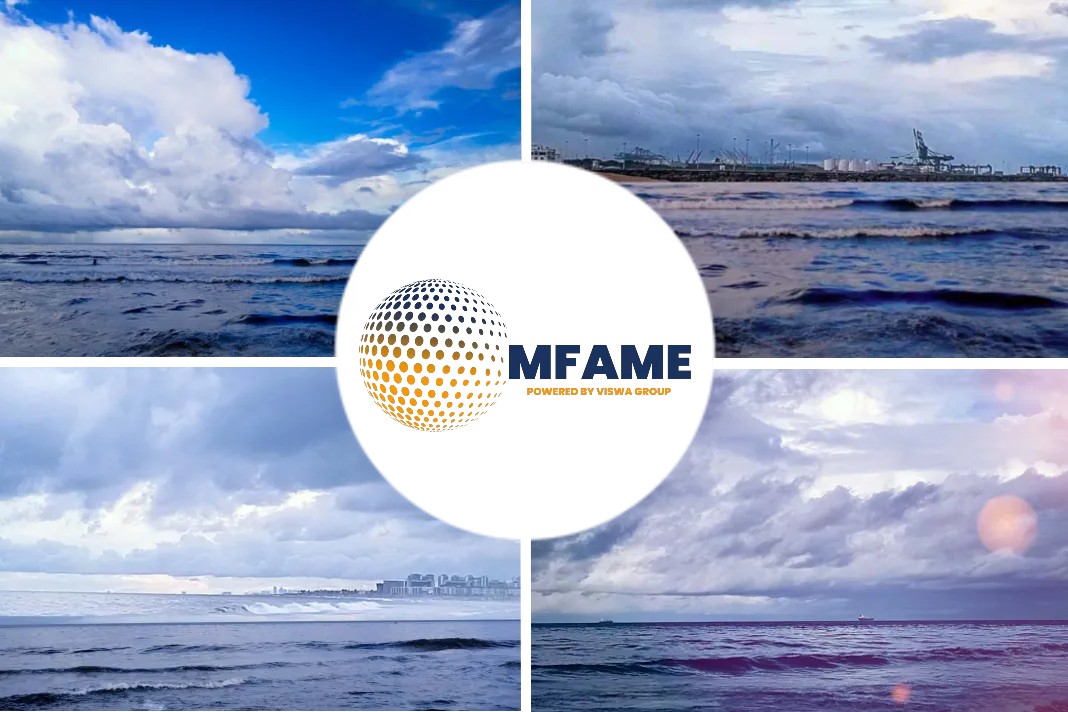
An organism that harms the ecology or the economy in a new habitat where it is not native is referred to as an invasive species, as reported by World Shipping Council.
Invasive species
Invasive species can be conveyed through the cargo carried in the ship’s hold or in shipping containers. Seasonal pests with wings like the Flighted Spongy Moth and the Brown Marmorated Stinkbug are required to be treated by shippers and subject to inspection procedures according to national legislation. Being on the front lines of this problem, the industry is also very active in developing and disseminating best practices for the prevention, inspection, cleaning, and treatment of goods and containers. They collaborate with shippers, packers, and freight forwarders.
Cleaning containers
The Code of Practice for Packing of Cargo Transport Units, or CTU Code, was published by the IMO, ILO, and UNECE. In order to reduce the spread of pests via sea containers and their cargoes, the container industry (WSC, COA, ICHCA, and IICL, with assistance from ICS and BIMCO) has also produced unified industry recommendations for the cleaning of containers.
Protecting against the introduction of invasive species through ballast water or hull fouling is another crucial aspect of operations when transportation moves commodities from one continent to another.
Hull fouling
Hull fouling has the potential to spread aquatic organisms while also increasing drag, which raises the carrier’s cost and emissions due to increased fuel usage. Large commercial carriers spend money on efficient hull coatings for all these reasons, meticulously watching their fleet to ensure that vessels are cleaned or repainted as needed.
In order to assure efficient methods for eradicating invasive species, the World Shipping Council actively participated in the creation of IMO and national laws for regulating ballast water discharges and system approval criteria.
Did you subscribe to our newsletter?
It’s free! Click here to subscribe!
Source: World Shipping Council
















